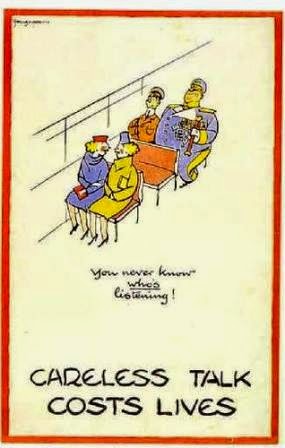Below is an ExamTime flash card set I have created which explains the different types of audience research methods.
Flash Card Deck created by Heather Larkin with ExamTime
Friday, 24 October 2014
Film Ratings
U - Universal, suitable for all.
PG - Parental Guidance
12 - Video release suitable for over 12's.
12A - Cinema release suitable for 12 years and over.
15 - Suitable for over 15 years.
18 - Suitable for over 18 years.
R18 - Adult works for licensed premises only.
Film ratings are used to limit the age of the viewers' based on the content in the film.
The BBFC (British Board of Film Classification) says it:
"Publishes short but detailed information about all the films and videos we rate.... It gives parents a clear idea of how and why films have been rated and what the films contain."
Film producers give their film a rating which must be approved by the BBFC, they can up or lower the rating if they feel it to be necessary. If films do not receive their desired rating, this can effect their audience figures. For example, if a 15 rated film was intended to be a 12, this restricts a group of people who are under 15, but are older than 12 so they would have been able to see the film if it was a 12, therefore the film would generate a lower profit.
Film producers give their film a rating which must be approved by the BBFC, they can up or lower the rating if they feel it to be necessary. If films do not receive their desired rating, this can effect their audience figures. For example, if a 15 rated film was intended to be a 12, this restricts a group of people who are under 15, but are older than 12 so they would have been able to see the film if it was a 12, therefore the film would generate a lower profit.
Wednesday, 22 October 2014
Comprehending Time
In films, on screen stories are generally not taken in real time. Films usually present whole lives of a person in an hour and a half. There are different techniques that directors can use to show time passing, e.g. time/date information typed up on screen, a flash forward or flash back, repetition, reverse motion and freeze frame.
A flash forward transitions the narrative further into the future. These are used to represent events that could happen, whereas flash backs view events that have already happened that are being looked back on to give further depth to a narrative.
The film 'Click' (2006) includes many flash forwards as the plot of the film is all about the manipulation of time and representations of future events that could happen unless the main character makes some changes to his current life.
Audience Positioning
Positioning the Audience in Films Via Different Shots
Shot-Reverse-Shot: allows the audience to feel a part of a conversation.
POV Shot: allows the audience to see from the perspective of a character.
Birds-Eye Shot: allows the audience to get an overview of the scene from above it.
Key Terms
Audience Engagement: describes how an audience interacts with a media text. Relates to Stuart Hall's theory of encoding and decoding.
Audience Expectations: ideas that an audience has before seeing a media text.
Shot-Reverse-Shot: allows the audience to feel a part of a conversation.
POV Shot: allows the audience to see from the perspective of a character.
Birds-Eye Shot: allows the audience to get an overview of the scene from above it.
Key Terms
Audience Engagement: describes how an audience interacts with a media text. Relates to Stuart Hall's theory of encoding and decoding.
Audience Expectations: ideas that an audience has before seeing a media text.
Audience Classification
Below is a SlideShare presentation I have created which explains audience classification, including types of audience research and types of audiences/social groups.
Demographic: age, gender, race, social status.
Psychographic: interests, hobbies, beliefs, morals attitudes.
Audience Engagement: how an audience reacts to a media text, different people have different reactions to the same text.
Audience Expectations: the ideology that an audience will have before they see a media text, for example, if they know a film's genre is action, they will expect it to be action-packed and intense.
When creating my own opening title sequence, the audience will most likely be aimed at those within the 13-25 year old age group. This is because generally this age group enjoy thriller films more than older age group who may enjoy genres such as action. Also those in education may have more free leisure time than those in full time jobs and will spend more time watching films.
Demographic: age, gender, race, social status.
Psychographic: interests, hobbies, beliefs, morals attitudes.
Audience Engagement: how an audience reacts to a media text, different people have different reactions to the same text.
Audience Expectations: the ideology that an audience will have before they see a media text, for example, if they know a film's genre is action, they will expect it to be action-packed and intense.
When creating my own opening title sequence, the audience will most likely be aimed at those within the 13-25 year old age group. This is because generally this age group enjoy thriller films more than older age group who may enjoy genres such as action. Also those in education may have more free leisure time than those in full time jobs and will spend more time watching films.
Impact of Technology on Audiences
Below is SlideShare presentation I have created that explains old and new media, and how it affects audiences.
David Gauntlett's 'Web 2.0' Theory
David Gauntlett's theory is that the change in online media has lead to more creativity in the sense that it can easily be collaborative and has a desire to be connected. 'Media 2.0' is a term that indicates the changing focus in media due to the web. As a result, audience has moved from passive to active.
David Gauntlett's 'Web 2.0' Theory
David Gauntlett's theory is that the change in online media has lead to more creativity in the sense that it can easily be collaborative and has a desire to be connected. 'Media 2.0' is a term that indicates the changing focus in media due to the web. As a result, audience has moved from passive to active.
Monday, 20 October 2014
Mass and Niche Audiences
Mass Audience: popular/mainstream shows, e.g. soaps, which target a broad range of people like, men, women, adults, children.
EastEnders would have a mass audience.

Niche Audience: a smaller group of people, which is selective based on a unique interest.
Wheeler Dealers would have a niche audience.
Katz and Blumler:
Katz and Blumler found that there were 3 main elements that provided audiences with satisfaction: information, personal identity and integration and social interaction.
Information: the use of sources to understand information about events, this gratitudes curiosity by increasing knowledge.
Personal Identity: increases individuality, people only look up things that reinforce their own values based on their personal interests.
Integration and Social Interaction: an insight into the position of other people, this brings a sense of empathy from the viewer. For example someone may watch a TV programme or film based on something they can relate to in their own personal life.
Narrative - 3 Act Structure
Act 1: is the first act of the film, usually is the first quarter of the whole film.
Act 1 sets up the film, there is an exposition which introduces the characters and lets the audience see what type of character they are. The exposition introduces the main character, the dramatic premise and the dramatic situation.
Main character: has an objective to achieve, is the main focus of the story.
Dramatic Premise: what the story is about.
Dramatic Situation: an event that sets the plot of the film, which occurs halfway through act 1.
An 'inciting incident' gets the plot of the film moving halfway through the first act.
Act 2: is the second act of the film, it takes up half of the film.
In act 2 there are obstacles, which prevent the main character from achieving what they need to.
First Culmination: just before halfway through the film, the main character almost achieves their goal, however, everything falls apart before they do.
Midpoint: the main character reaches their weakness and lowest point in the film as they seem so far away from achieving their goal.
Act 3: is the penultimate act of the film, this is the final quarter of the film.
Climax: the plot of the film reaches its highest tension between the two opposite forces, they confront each other in an intense battle of emotional or physical action.
Denouement: this is the short time of calmness at the end of the film where a new equilibrium is created or the equilibrium from the start of act 1 returns.
Example of the 3 Act Structure
In Frozen (2013) the 3 Act Structure is present within the film.
At the beginning of the film two young sisters playing in the snow happily and innocently. The older sister, Elsa, accidentally freezes the younger sister, Anna, and has to be isolated from her for years. They are reunited years later when the sister panics and sets off an eternal winter by her magic powers.
- The exciting incident (Act 1)

In a desperate attempt to bring home her sister, Anna is frozen completely as Elsa's powers are too forceful. She has also been tricked by a prince claiming to love her just to become King of her kingdom, which put her life at risk as she almost could not be saved in time.
- The Midpoint (Act 2)

In the end, both sisters are safe and Anna finds a new romance.One of the final lines is 'only love can thaw a frozen heart' which sets the new equilibrium of happiness all round.
- Denouement (Act 3)
Thursday, 16 October 2014
Narrative and It's 6 Codes
(1) Technical Code: anything 'technical' that goes into a narrative, e.g. camera, sound, design and editing.
(2) Verbal Code: how language is used, written and spoken.
(3) Symbolic Code: clues within the narrative, e.g. someone wearing ragged clothing suggests that they are poor.
(4) Structure: Todrov's theory. Equilibrium -> Disequilibrium -> New Equilibrium
(5) Character: protagonist (the hero), antagonist (the villain), father (authoritative figure, often rewards the hero), helper (someone who helps the hero, a sidekick), donor (gives something to the hero to help them out) mentor (teacher and gives guidance to the hero)
(6) Narrative Conflict: Levi-Strauss' theory that all narratives are moved forward by a conflict caused by opposing forces e.g. love and hate, rich and poor.
The Silence of The Lambs (1991)
The protagonist of this film is an FBI Agent, Clarice Starling. The antagonist of this film is a psychopath Hannibal Lecter.
The equilibrium of this film is Clarice is put in charge of finding a woman who has gone missing, from a serial killer. This is represented in the opening title sequence as it starts off with an establishing shot of a dark, misty forest which suggests an eerie effect. The camera then tilts down to give an extreme long shot of a woman (Clarice) who is running through a forest and has an overall messy appearance. She is running through an intense obstacle training course, which shows determination and links to the equilibrium as she is determined to find who this serial killer is.
There is a clue as to what Clarice does in the film in this, her sweatshirt says 'FBI Academy' which is who she works for to solve this case.
The new equilibrium of the film is created when Clarice finds who the psychopath serial killer is by help from an unlikely source, another psychopath, Hannibal Lecter.
Saturday, 11 October 2014
Narrative, Enigma, Story and Plot
Narrative
This is how a story of a film is told. This helps the viewer to naturally make sense of things by connecting events and making inferences based on those connections. Narrative can correspond to genre because some story-lines are typical of specific genres, e.g. in a romance film, the generic story-line is 'boy gets girl, loses girl, gets girl back'.
Narrative Enigmas
These are used to limit information that is given to the audience, which allows them to stay interested with the film as it creates curiosity and makes the audience have a guess as to what events are going to happen.
This is how a story of a film is told. This helps the viewer to naturally make sense of things by connecting events and making inferences based on those connections. Narrative can correspond to genre because some story-lines are typical of specific genres, e.g. in a romance film, the generic story-line is 'boy gets girl, loses girl, gets girl back'.
Narrative Enigmas
These are used to limit information that is given to the audience, which allows them to stay interested with the film as it creates curiosity and makes the audience have a guess as to what events are going to happen.
Story and Plot
The narrative story of a film is what happens in the film.
The narrative plot of a film is what order the story is told in.
The technique of re-arranging the events of a story makes the narrative more interesting and will mean that the audience stay engrossed.

The narrative story of a film is what happens in the film.
The narrative plot of a film is what order the story is told in.
The technique of re-arranging the events of a story makes the narrative more interesting and will mean that the audience stay engrossed.

Friday, 10 October 2014
Why Do Genre's Change Over Time?
'Genre' is a contentious term because genres that have been named/discovered are not set in stone because there are hundreds of different sub-genres and hybrid genres.
Genres are important because it gives the audience an idea of typical characteristics of the film. For example, horror films are likely to be quite jumpy.
The whole film industry is reliant on genres because they are generic, which means that an audience will choose to watch a film based on what genre it is, as they are more drawn towards watching their favourite film genre.
So.... Why have genres changed over time?
Recently, the main target audience for films have become younger, known as 'juvenilisation' of the cinema. So this changes the popularity with films based on genre.
 Changes in society, ideology, beliefs and morals brings about changes in genre as a consequence. For example, since the 1970's, the influence of feminism has meant that women are now portrayed in a different way now than they were previously.
Changes in society, ideology, beliefs and morals brings about changes in genre as a consequence. For example, since the 1970's, the influence of feminism has meant that women are now portrayed in a different way now than they were previously.
Advances in technology have changed genre over time, as computer animation has evolved, this has brought about the genre of anime, cartoon and is widely used by Disney, using animated films to target a young audience with their fictional narratives.
Modern audiences are also exposed to more graphic images, as boundaries of scenes that are seen as 'tasteful' are challenged and widened each year by directors.
Genres are important because it gives the audience an idea of typical characteristics of the film. For example, horror films are likely to be quite jumpy.
The whole film industry is reliant on genres because they are generic, which means that an audience will choose to watch a film based on what genre it is, as they are more drawn towards watching their favourite film genre.
So.... Why have genres changed over time?
Recently, the main target audience for films have become younger, known as 'juvenilisation' of the cinema. So this changes the popularity with films based on genre.
 Changes in society, ideology, beliefs and morals brings about changes in genre as a consequence. For example, since the 1970's, the influence of feminism has meant that women are now portrayed in a different way now than they were previously.
Changes in society, ideology, beliefs and morals brings about changes in genre as a consequence. For example, since the 1970's, the influence of feminism has meant that women are now portrayed in a different way now than they were previously. Advances in technology have changed genre over time, as computer animation has evolved, this has brought about the genre of anime, cartoon and is widely used by Disney, using animated films to target a young audience with their fictional narratives.
Modern audiences are also exposed to more graphic images, as boundaries of scenes that are seen as 'tasteful' are challenged and widened each year by directors.
Genre Typecasting of Actors
Typecasting: the process by which a particular actor becomes associated with either a specific character, their characters have similar traits or their characters come from the same type of social/ethnic group.
Problems created by typecasting is that an actor/actress may become so strongly associated with playing a particular character, that it makes it difficult for them to find work in playing a different character.
Directors may however, choose to cast an actor 'against type', which would be a role that would be unusual for that actor/actress to play because their previous castings have been very different to this role. Directors chose to cast against type to create a comedic/dramatic effect.
Examples of directors casting against type is where Robert de Niro was cast as the lead role in 'The King of Comedy', where he plays an aspiring comic, Rupert Pupkin. This goes againsts his commonly known typecast of the 'tough guy'.
De Niro as Rupert Pupkin in The King of Comedy (1982)
De Niro as Johnny Boy in 'Mean Streets' (1973)
Genre of Thriller
Thriller films are amongst the most popular film genres because they keep the audience 'on the edge of their seats', which makes the film more exciting to watch. Lots of popular thriller films are in fact, hybrid genres like thriller/action/adventure.
Alfred Hitchcock is renowned for creating thriller films, such as 'North by Northwest' (1959), 'Psycho' (1960) and 'Vertigo' (1958).
Below is a Scribd Document I have created which analyses the thriller film, 'Se7en', in terms of the narrative, iconography, characters, camerawork and setting, which give it typical conventions of a thriller.
Alfred Hitchcock is renowned for creating thriller films, such as 'North by Northwest' (1959), 'Psycho' (1960) and 'Vertigo' (1958).
Below is a Scribd Document I have created which analyses the thriller film, 'Se7en', in terms of the narrative, iconography, characters, camerawork and setting, which give it typical conventions of a thriller.
Genre, Hybrid and Sub Genres
How have genres changed over time?
Target audiences have become younger over time, this means filmmakers have had to adapt to this audience. For example, horror films are now aimed at a teenage audience.
Western films were popular in the 1940s/50s but have now been replaced with thriller films due to better filmmaking, e.g. more special effects, graphical work, etc.
Genres have also become more popular based on specific time periods.
"Genre frames audience expectations, whereby viewers bring a set of assumptions with them and anticipate that these will somehow be met in the viewing experience. This brings audience pleasure." - Steve Neale (2003)
Hybrid Genres
This is a mixture of two or more genres. Hybrid genres are beneficial for filmmakers as if they are classified are more than one genre, it will appeal to more people.
"Most films are hybrid genres, since they possess the common attributes of more than one genre." - Warren Buckland.
Some examples of hybrid genres for thriller films include:
Sub-Genres
These are ways of splitting a genre of a film up more specifically, it can be remembered by thinking that the genre is the 'title' of the film and the sub-genre is the 'sub-heading' of the film.
Some examples of sub-genres for thriller films include:
Target audiences have become younger over time, this means filmmakers have had to adapt to this audience. For example, horror films are now aimed at a teenage audience.
Western films were popular in the 1940s/50s but have now been replaced with thriller films due to better filmmaking, e.g. more special effects, graphical work, etc.
Genres have also become more popular based on specific time periods.
"Genre frames audience expectations, whereby viewers bring a set of assumptions with them and anticipate that these will somehow be met in the viewing experience. This brings audience pleasure." - Steve Neale (2003)
Hybrid Genres
This is a mixture of two or more genres. Hybrid genres are beneficial for filmmakers as if they are classified are more than one genre, it will appeal to more people.
"Most films are hybrid genres, since they possess the common attributes of more than one genre." - Warren Buckland.
Some examples of hybrid genres for thriller films include:
- Action-thriller
- Western-thriller
- Suspense-thriller
Sub-Genres
These are ways of splitting a genre of a film up more specifically, it can be remembered by thinking that the genre is the 'title' of the film and the sub-genre is the 'sub-heading' of the film.
Some examples of sub-genres for thriller films include:
- Espionage/Crime
- Martial Arts
- Detective/Mystery
Thursday, 9 October 2014
Defining Genre
In films, genre is where there are similarities in narrative elements of how films are constructed. This fits lots of films into different categories.
Films in a genre have similar techniques/conventions such as, content, subject matter, structures, themes, mood, time period, plot and narrative events.
Mind Map created by Heather Larkin with ExamTime
Wednesday, 8 October 2014
Audience Positioning, Shot Analysis and Representation
Below is a SlideShare that I have created in which I have analysed different shot types within 'The Hunger Games: Catching Fire' (2013) and linked them to audience positioning and representation.
What is a Thriller Film?
"A film with an exciting plot, typically involving crime or espionage."
BFI: Thriller Genre
The article linked above was helpful to find out what a thriller is. It includes examples of thrillers from the beginning of the 20th century, through the second world war period and up until the late 1990s. Films directed by Alfred Hitchcock in the 1930s set the rules of thrillers and has influenced a lot of thrillers since.
"Audiences went to the cinema not simply to see but also to feel something which they would not ordinarily experience in real life."
Alfred Hitchcock, a thriller director, believed that these films should "give the public good, healthy, mental shake-ups." Films that he directed during the 1930s (including 'The 39 Steps', 1935 and 'Sabotage', 1936) set the bar high for future thrillers as they created some important rules of the creation of this genre; 'whodunit' was not the most important part.
After these films WWII took place and thriller films were influenced by this. 'The Next of Kin (1942)' directed by Thorold Dickinson was a WWII propaganda film and had the message 'careless talk costs lives', which at the time was on a propaganda poster created by the government to prevent the Germans getting hold of important information by intercepting phone calls.
BFI: Thriller Genre
The article linked above was helpful to find out what a thriller is. It includes examples of thrillers from the beginning of the 20th century, through the second world war period and up until the late 1990s. Films directed by Alfred Hitchcock in the 1930s set the rules of thrillers and has influenced a lot of thrillers since.
"Audiences went to the cinema not simply to see but also to feel something which they would not ordinarily experience in real life."
The 39 Steps (1935)
Alfred Hitchcock, a thriller director, believed that these films should "give the public good, healthy, mental shake-ups." Films that he directed during the 1930s (including 'The 39 Steps', 1935 and 'Sabotage', 1936) set the bar high for future thrillers as they created some important rules of the creation of this genre; 'whodunit' was not the most important part.
After these films WWII took place and thriller films were influenced by this. 'The Next of Kin (1942)' directed by Thorold Dickinson was a WWII propaganda film and had the message 'careless talk costs lives', which at the time was on a propaganda poster created by the government to prevent the Germans getting hold of important information by intercepting phone calls.
"The Next of Kin" (1942) film poster and a Propaganda poster from the WWII period
This research has inspired the creation of my own opening title sequence because it must be a thriller genre. I have found that audiences enjoy watching something that they would not experience in every day life so I will try to create an narrative that does this.
Friday, 3 October 2014
Representation of Men and Women in Thrillers
Thriller genre: type of film genre that uses suspense, tension and excitement as its main components.
Below is a PowToon short animation I have created that defines how men and women are represented within thrillers.
Wednesday, 1 October 2014
What is Representation?
Representation: the description or portrayal of someone/something in a particular way.
Subscribe to:
Comments (Atom)




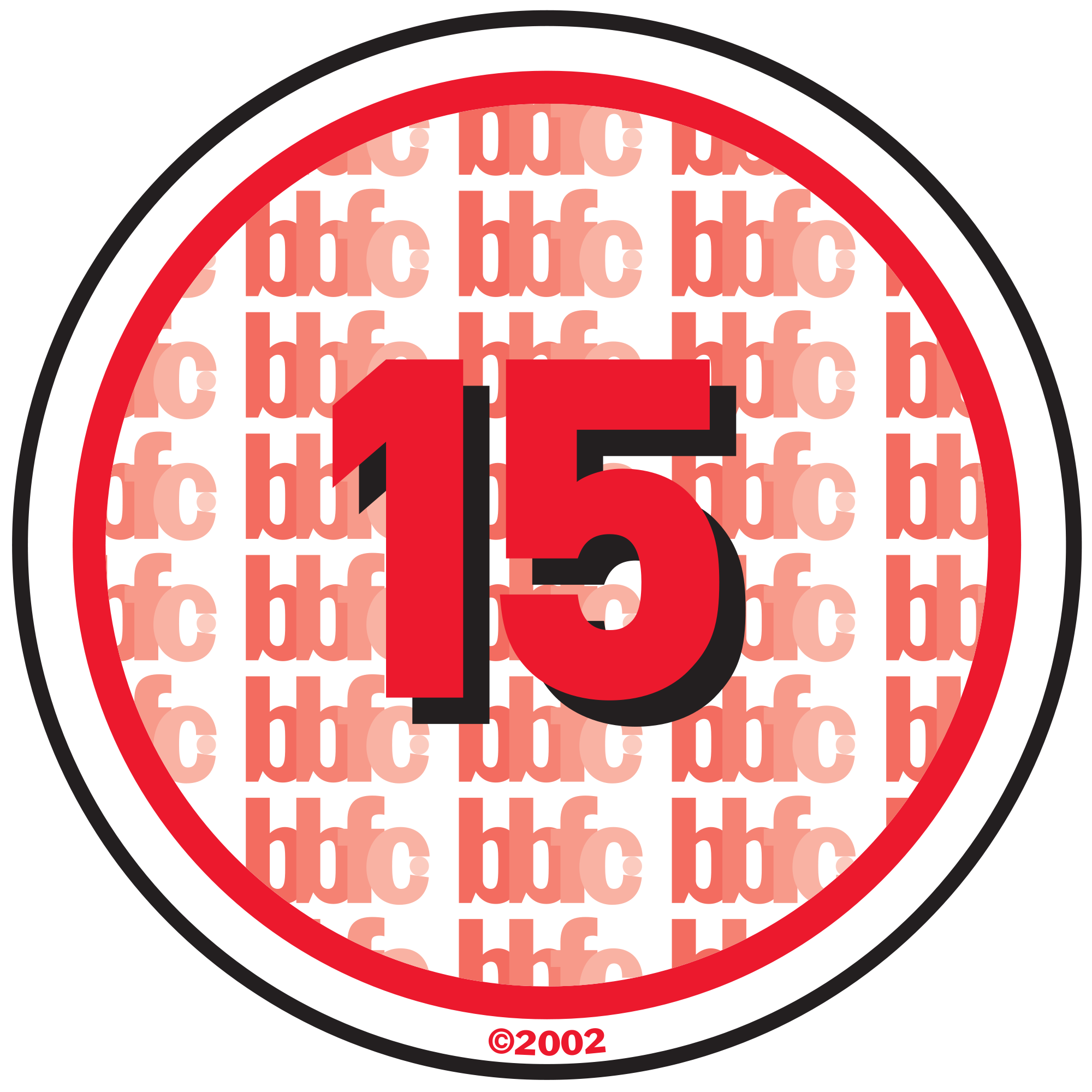



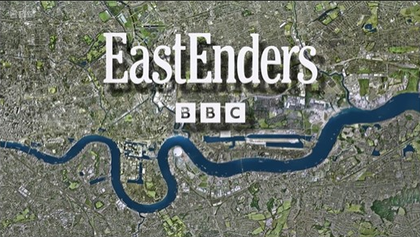
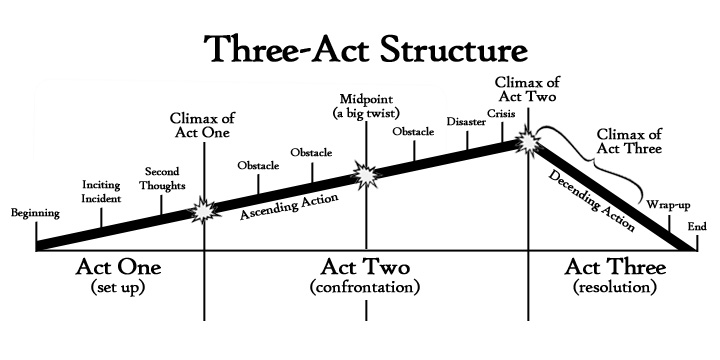
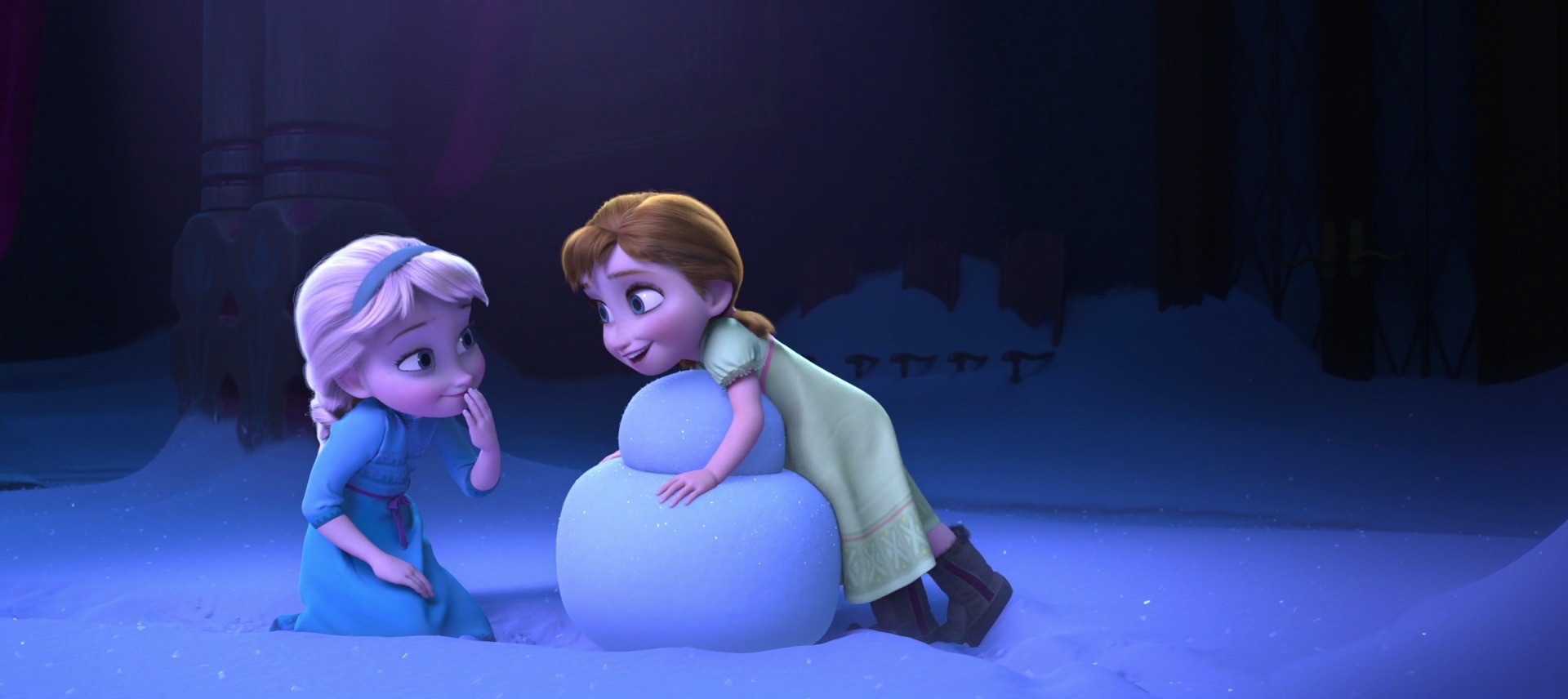


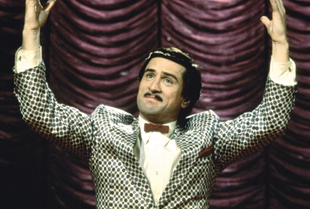




.jpg)
